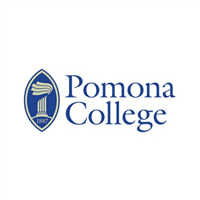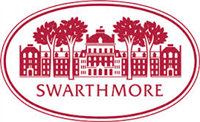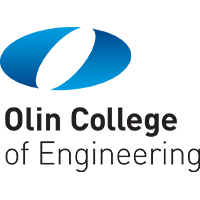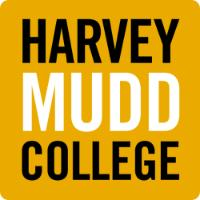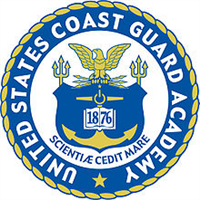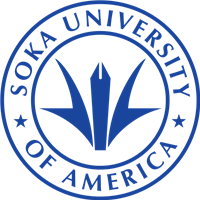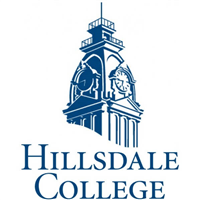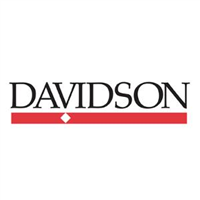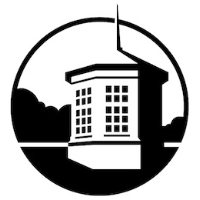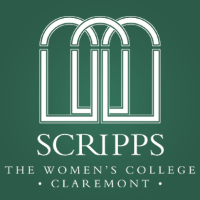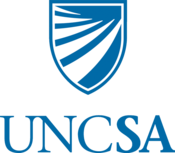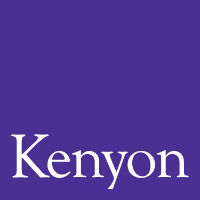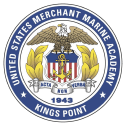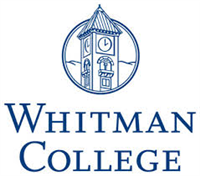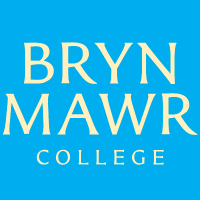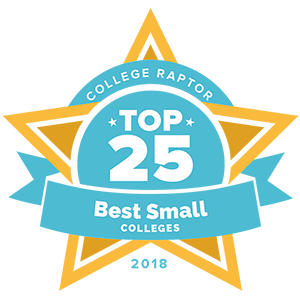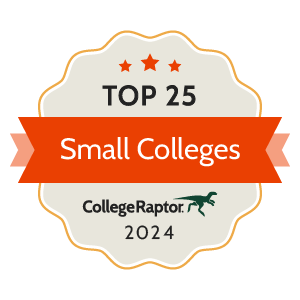
Love the idea of smaller class sizes and smaller campuses? Well, one of the schools on this year’s top 25 best small colleges might be a fit for you! A small college generally lends to a tight-knit community and plenty of chances for your voice to be heard. Some of the nation’s best schools are considered small.
For this ranking list, we counted any college with fewer than 2,000 total students enrolled – so, this includes undergraduates and graduate students.
If you prefer close communities to huge crowds, then one of these small but mighty colleges might be for you.
Top 25 Best Small Colleges | 25
Pomona College receives around 11,600 applications and accepts 7% of them. The four commonly chosen majors are Econometrics and Quantitative Economics, Computer Science, Mathematics, and Political Science and Government. The school was created when the founders wanted to recreate a “college of the New England type.” Their mascot is Cecil the Sagehen.
Location
Claremont, CA
Institution Type
Private
Student Enrollment
1,764
With an acceptance rate of 9%, Amherst College is a fairly selective school. A majority of their first-year students come from Massachusetts, New York, and California. The third oldest institution of higher education in the state, it was originally a men’s college. It became coeducational in 1975. Amherst College’s motto is “terras Irradient,” which means “let them enlighten the lands.”
Location
Amherst, MA
Institution Type
Private
Student Enrollment
1,971
Swarthmore College was one of the first coeducational colleges in the country. It is associated with the University of Pennsylvania through the Quaker Consortium, which means students can take classes at the four schools within the arrangement. 54% of students receive institutional grant aid to attend, $51,790 on average.
Location
Swarthmore, PA
Institution Type
Private
Student Enrollment
1,651
Franklin W. Olin College of Engineering was established fairly recently in 1997. Half of a student’s tuition is actually covered by the Olin Scholarship. The three majors offered are General Engineering, Electrical Engineering, and Mechanical Engineering. With a 100% first year retention rate, the college also has a 8:1 student-to-faculty ratio.
Location
Needham, MA
Institution Type
Private
Student Enrollment
382
Bowdoin College is a very selective school with an acceptance rate of 9%. 89% of students will graduate within four years, and 94% within six. With a 9:1 student-to-faculty ratio, the college also has a 97% first year retention rate. Bowdoin College offers 34 different majors, including joint Engineering programs with Columbia, Dartmouth, Caltech, and the University of Maine.
Location
Brunswick, ME
Institution Type
Private
Student Enrollment
1,951
Claremont McKenna College, which has a 13.3% acceptance rate and 81% four-year graduation rate today, was founded as a men’s college in 1946. It became co-educational in 1976. The most commonly chosen major is Econometrics and Quantitative Economics. With an 8:1 student-to-faculty ratio, 98% of students will stay after their freshman year.
Location
Claremont, CA
Institution Type
Private
Student Enrollment
1,422
Harvey Mudd College offers programs only related to Science and Engineering. It has an 10% acceptance rate, 98% first year retention rate, and a 9:1 student-to-faculty ratio. Part of the Claremont Colleges, their colors are black and gold. The men’s teams are known as the Stags and the women are known as the Athenas.
Location
Claremont, CA
Institution Type
Private
Student Enrollment
905
“Scientiæ Cedit Mare,” or “the sea yields to knowledge,” is the motto of the United States Coast Guard Academy. It was founded in 1876 and is the smallest of the five academies for service in the United States. The most popular major is Business Administration and Management, but Operations Research, Political Science and Government, and Oceanography are also top choices.
Location
New London, CT
Institution Type
Public
Student Enrollment
1,049
Soka University of America has an acceptance rate of about 52%. A fairly new school (founded in 2001), the private university focuses on pacifism, human rights, and the creative coexistence of nature and humanity. It was created by the founder of the Soka Gakkai International Buddhist movement, Daisaku Ikeda.
Location
Aliso Viejo, CA
Institution Type
Private
Student Enrollment
445
Hillsdale’s motto is “Virtus Tentamine Gaudet” or “Strength Rejoices in the Challenge.” The school has a 94% first year retention rate and an 8:1 student-to-faculty ratio. All students who attend are required to take courses on the “Great Books,” the United States Constitution, and Science courses. 78% of students will graduate within 4 years.
Location
Hillsdale, MI
Institution Type
Private
Student Enrollment
1,602
Davidson College was founded in 1837 and already started trying to reduce the cost of college for students by the 1850’s. Today, the school meets the financial needs of students through grants, student employment, and more, and 64% of students receive institutional grant aid. 18% of applicants are accepted to Davidson which has a 95% first year retention rate.
Location
Davidson, NC
Institution Type
Private
Student Enrollment
1,973
The two most popular majors at Grinnell College are Computer Science and Biology/Biological Sciences. Part of the Midwest Conference and NCAA Division III, the Pioneers, wearing scarlet and black, have a wide variety of sports to choose from including football, swimming, diving, golf, and soccer. They currently have exactly 400 athletes and their unofficial mascot is a squirrel.
Location
Grinnell, IA
Institution Type
Private
Student Enrollment
1,748
Haverford College is a liberal arts school founded in 1833 by the Religious Society of Friends, also known as Quakers. It’s part of the Tri-College Consortium which means students can attend classes at nearby schools Bryn Mawr and Swarthmore. “Non doctior, sed meliore doctrina imbutus,” or "not more learned, but steeped in a higher learning," is the school’s motto.
Location
Haveford, PA
Institution Type
Private
Student Enrollment
1,420
The Webb Institute in New York is a small private college solely focused on Naval Architecture and Marine Engineering. Students who attend receive full-tuition scholarships. Students are also lucky enough to learn via guaranteed internships each year and 100% job placement after graduation. Over 73% of the student population are male.
Location
Glen Cove, NY
Institution Type
Private
Student Enrollment
105
Bates College was founded in 1855 and was the first coeducational college in New England. It also began admitting minority students before the Emancipation Proclamation. Highly selective, Bates College only accepts 17.5% of applicants. The school has a 92% first year retention rate, 88% four year graduation rate, and a 10:1 student-to-faculty ratio.
Location
Lewiston, ME
Institution Type
Private
Student Enrollment
1,821
Also known simply as JTS, the seminary accepts about 49.6% of students who apply. Its main building is located along the Hudson River. There are more graduate students at JTS than undergraduates, at 58.6% and 41.4% respectively. Though many alumni have gone onto careers in theology, many have also had notable careers in music, academia, and politics.
Location
New York, NY
Institution Type
Private
Student Enrollment
348
A member of the Claremont Colleges, Scripps College is a private liberal arts women’s school. It’s known for its historic campus as well as its extensive curriculum. The campus is currently listed in the National Register of Historic Places and often gets mentioned for its beautiful grounds. Environmental Science, Psychology, and Political Science and Government are common majors.
Location
Claremont, CA
Institution Type
Private
Student Enrollment
1,116
The University of North Carolina School of the Arts only accepts 30% of students; 50% of those accepted will go on to attend the following fall. The university has a whopping 6:1 student to faculty ratio and a 91% first year retention rate. There are only five available majors, with many students choosing Cinematography and Film as well as Technical Theatre.
Location
Winston Salem, NC
Institution Type
Public
Student Enrollment
1,119
The Juilliard School is a performing arts conservatory. Students learn dance, drama, and music, with Stringed Instruments and Dance being the most popular majors. Some famous alumni are Robin Williams, Ving Rhames, Val Kilmer, and Viola Davis. The institution is extremely competitive, with only about 7% of applicants accepted.
Location
New York City, NY
Institution Type
Private
Student Enrollment
979
The Cooper Union for the Advancement of Science and Art, also known as Cooper Union, accepts just 15% of applicants. Offering only a few majors including Fine/Studio Arts, Engineering Studies, and Architecture, the school also boasts a high first year retention rate of 91% and has a 9:1 student to faculty ratio.
Location
New York City, NY
Institution Type
Private
Student Enrollment
936
Kenyon College has produced Rhodes Scholars, Truman Scholarship winners, Fulbright recipients, and Marshall Scholarship winners. Famous alumni have included former United States President Rutherford B. Hayes, actor Paul Newman, and Calvin and Hobbes creator, Bill Watterson. The school has a 37% acceptance rate.
Location
Gambier, OH
Institution Type
Private
Student Enrollment
1,875
The United States Merchant Marine Academy’s motto is “Acta Non Verba” in Latin, or “Deeds not Words” in English. The Academy accepts 25% of applicants and the only available majors to students are Marine Science/Merchant Marine Officer, Naval Architecture and Marine Engineering, and Systems Engineering.
Location
Kings Point, NY
Institution Type
Public
Student Enrollment
1,023
Occidental College is extremely close to Hollywood, so a number of movies and television shows have been filmed on its campus. Some examples include: Clueless, Arrested Development, The Good Place, and Star Trek III: the Search for Spock. Also known as Oxy, the school accepts 38.2% out of just under 6,500 applications annually.
Location
Los Angeles, CA
Institution Type
Private
Student Enrollment
1,964
Whitman College is a small liberal arts college located at the foot of the Blue Mountains. Founded in 1859, it now offers over 80 off-campus programs in around 40 countries. With a 9:1 student-faculty ratio and a 1:1 student-to-tree ration, students will find it a cozy and earthy community. Biology, Research and Experimental Psychology, and Economics are all popular majors.
Location
Walla Walla, WA
Institution Type
Private
Student Enrollment
1,559
Bryn Mawr is a highly selective school, with an acceptance rate of about 39%. A distinguished women’s college, Bryn Mawr is part of the Seven Sisters College consortium, expanding students’ academic opportunities. With a 89% first year retention rate, Bryn Mawr also has an 9:1 student-to-faculty ratio.
Location
Bryn Mawr, PA
Institution Type
Private
Student Enrollment
1,778
Is a Small College Right for You?
Small colleges bring a wealth of benefits to their students. First, they can offer the same exact quality education as their larger counterparts – having fewer students has no impact on their ability to offer stellar programs! Just like bigger schools, they can specialize in a few majors or offer a wide variety. However, due to their limitation on staff, they are more likely to focus on a few areas of study, which can be beneficial if you are sure that’s what you want to major in.
The main benefit of attending a smaller school is that classes tend to have low student-to-faculty ratios. The California Institute of Technology, for example, currently has a 3:1 student-to-faculty ratio. Thanks to these smaller class sizes, students can also have an easier time getting into the courses they need and getting extra support from staff if needed! If you’re interested in more intimate class sizes and having a higher chance of standing out among your peers, a small school may be the way to go.
Smaller colleges can also offer tight-knit communities. It can be easier to get to know your fellow students when you see each other all the time at the same events. Smaller campuses also tend to mean less walking, too, which can be an upside to getting to your classes on time.
Interested in the “small school” life? Check out College Raptor’s free match tool to see if they are a fit for you!
Methodology
Colleges are ranked based on a combination of factors, including graduation rates, campus diversity, endowment per student, and other data as reported via the National Center for Education Statistics (NCES) for the most recently-available enrollment year. Some colleges may have been excluded from rankings based on certain criteria, including specialization and classification. Learn about our full methodology.

